Comoros travel tips
Comoros travel tips: Archipelago nation in the Indian Ocean, known for diverse culture, volcanic landscapes, and vibrant marine life.
Islands 🌎
Comoros travel tips. Here is a list of all the islands of the Comoros.
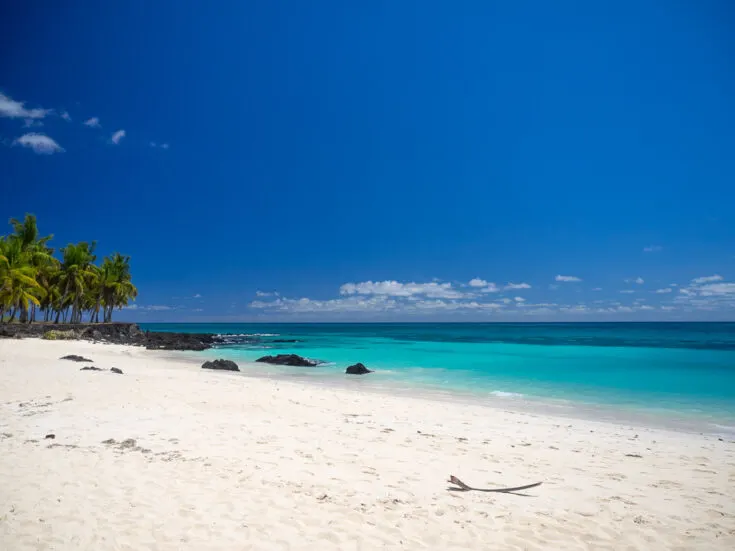
Grande Comore
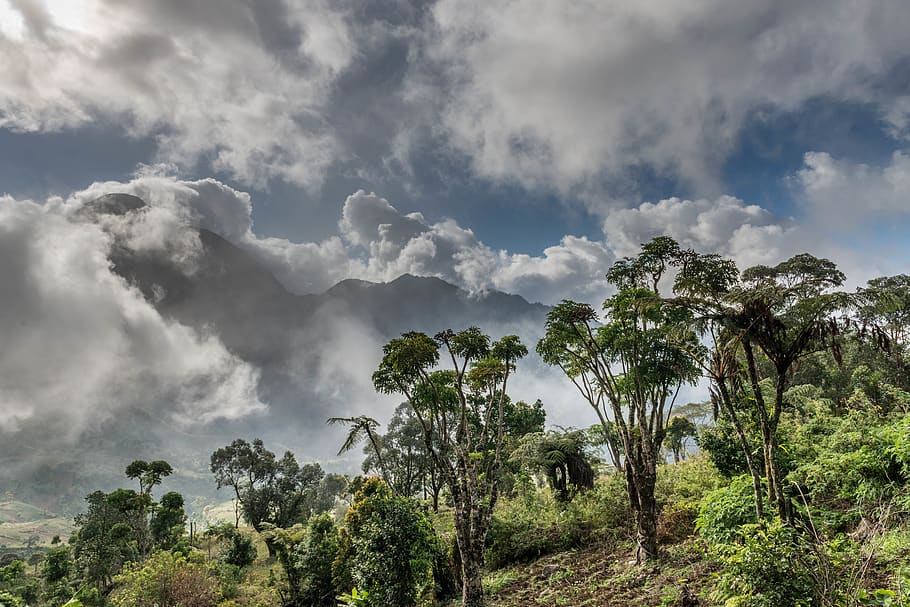
Anjouan

Mohéli
Before you go 🛩
Important information you should know before your trip
Info
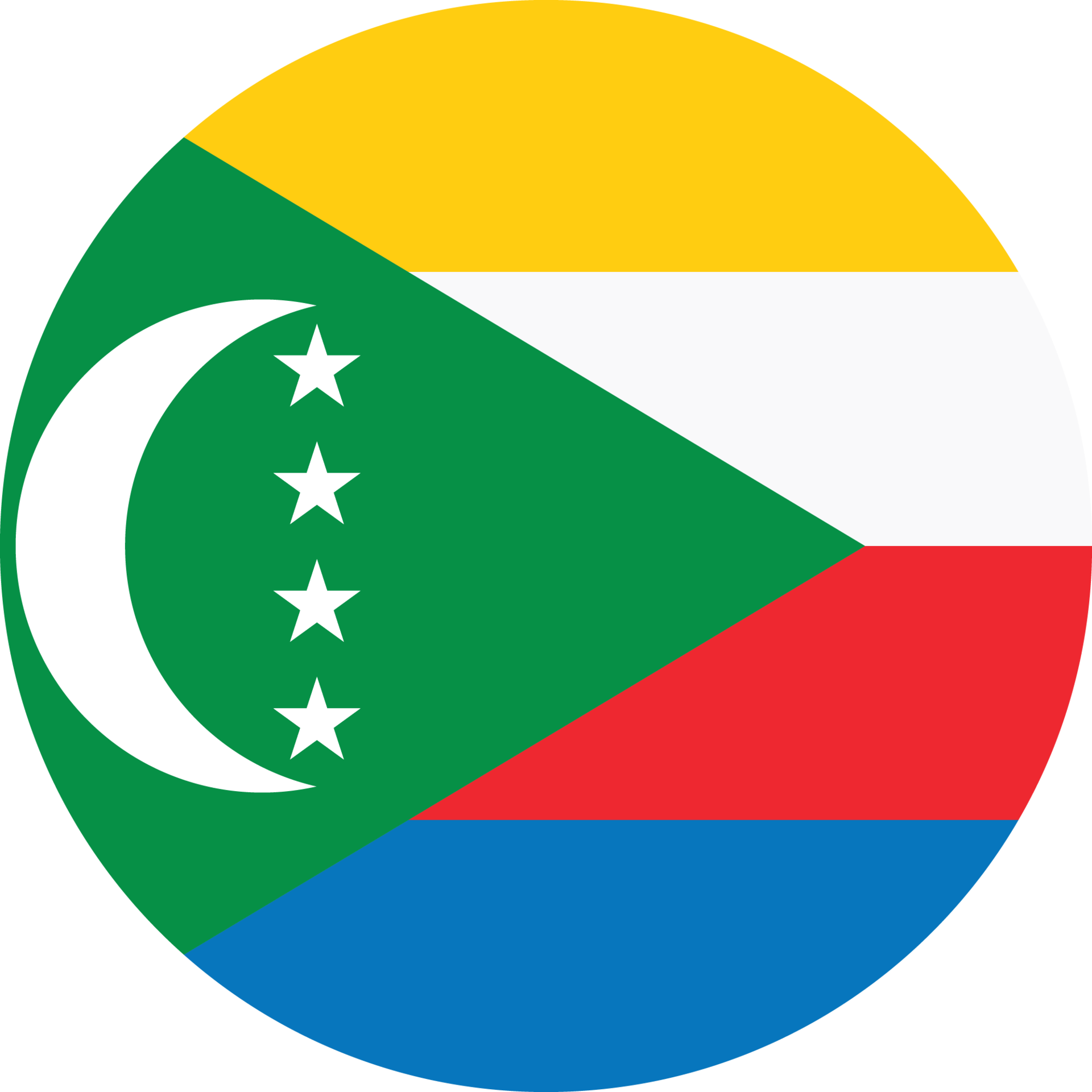
Capital | Moroni
Flag Codes:
ISO alpha-2 KM,
ISO alpha-3 COM
Currency
Badge | Comorian Franc
CODE | KMF
NUMBER | 174
SYMBOL | Fr
FRACTION | penny
Mobile Coverage
Dialing Code | +269
SIM Card
Coverage | 3G / 4G / 5G |
Mobile Networks | Huri Mobile | Telma Mobile |
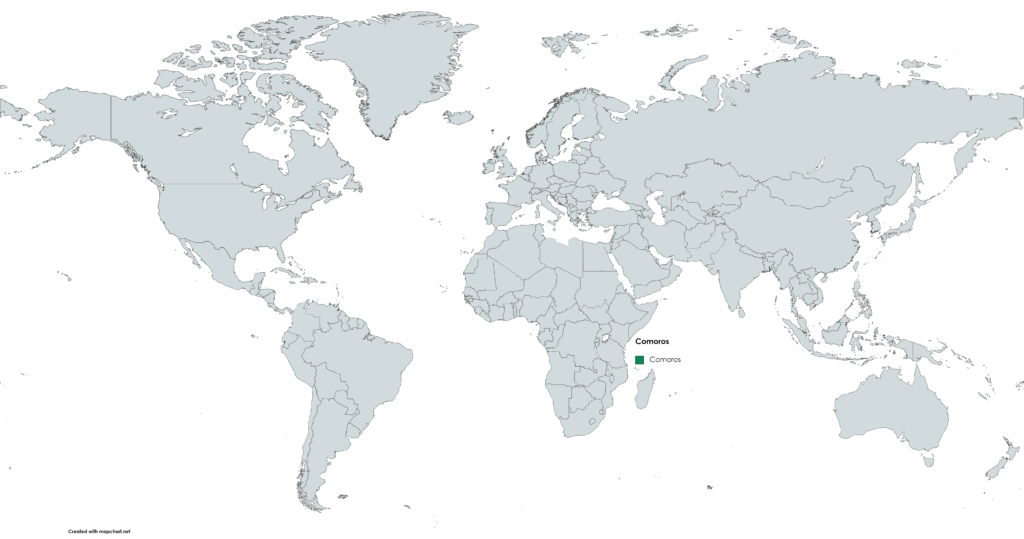
Location
The Comoros, officially known as the Union of the Comoros, is an island nation located in the Indian Ocean off the eastern coast of Africa. It is situated between the island nation of Madagascar to the southeast and the coast of Mozambique on the African mainland to the northwest. Here is a more detailed description of the location of the Comoros: Latitude: The Comoros is located approximately between 11° and 13° south latitude. Longitude: The longitude of the Comoros ranges from approximately 43° to 45° east longitude.
The Comoros is situated in the Mozambique Channel, and its location makes it part of the African region, although it is geographically separated from the African mainland. The nation’s location in the Indian Ocean gives it a unique blend of cultures and influences from both Africa and the Arab world.
Currency
The currency of Comoros is the Comorian Franc, abbreviated as “KMF.”
The Comorian Franc is the official currency used in the Union of the Comoros, a country consisting of three main islands in the Indian Ocean: Grande Comore (Ngazidja), Mohéli (Mwali), and Anjouan (Nzwani).
The currency is issued and regulated by the Central Bank of Comoros (Banque Centrale des Comores). It is used for all financial transactions within the country.
Languages
The Comoros, a nation in the Indian Ocean, is linguistically diverse, and multiple languages are spoken across the islands. However, the official languages of the Comoros are:
Comorian (Shikomor): Comorian, also known as Shikomor, is a Bantu language and the most widely spoken language in the Comoros. It is used for everyday communication and is a unifying language among the Comorian people. Comorian has several dialects, with differences in pronunciation and vocabulary across the islands.
Arabic: Arabic is another official language in the Comoros and is used in government, education, and religious contexts. Standard Arabic is taught in schools, and Arabic script is used to write Comorian.
French: French is also an official language in the Comoros and is used in government, administration, education, and business. It is the language of instruction in schools, and government documents and laws are often written in French.
Comorian Sign Language: Comorian Sign Language is used by the deaf community in the Comoros.
Climate 🌡
The Comoros, an island nation located in the Indian Ocean, experiences a tropical maritime climate characterized by warm temperatures, high humidity, and distinct wet and dry seasons. The climate can vary somewhat across the different islands of the Comoros, but in general, it follows a tropical pattern. Here are the key features of the climate in the Comoros:
Wet Season:
The wet season in the Comoros typically occurs from November to April. During this period, the islands receive a significant amount of rainfall.
Rainfall is heaviest in December and January, with occasional cyclones or tropical storms affecting the region during these months.
Dry Season:
The dry season lasts from May to October. During this period, rainfall is significantly reduced.
The months of June to August are the driest, with very little rainfall.
Temperature:
The Comoros experience warm temperatures throughout the year. Average daily temperatures range from 24°C to 31°C (75°F to 88°F).
Coastal areas are generally cooler than inland areas due to the moderating influence of the Indian Ocean.
Humidity:
Humidity levels in the Comoros are consistently high, especially during the wet season.
The combination of warmth and humidity can make the climate feel quite sultry and tropical.
Cyclones:
The Comoros can be affected by tropical cyclones or storms, particularly during the wet season. These storms can bring heavy rains, strong winds, and rough seas.
Microclimates:
Each of the main islands (Grande Comore, Anjouan, and Mohéli) may have microclimates due to their varying elevations, which can influence local weather patterns.
Vegetation:
The Comoros’ high rainfall during the wet season supports lush and tropical vegetation, including forests, plantations, and agricultural fields.
Comoros travel tips
If you’re planning a trip to Comoros, here are some travel tips to enhance your experience:
Visa Requirements:
Check visa requirements before traveling to Comoros.
Safety Precautions:
Be cautious in unfamiliar areas; secure valuables.
Weather Awareness:
Plan according to the tropical climate; pack suitable clothing.
Cultural Respect:
Respect local customs and traditions.
Transportation:
Use local transport like “dala-dalas” for an authentic experience. View Guide.
Island Hopping:
Explore multiple islands for diverse experiences.
Nature Reserves:
Visit Mount Karthala and Mohéli Marine Park for biodiversity.
Enjoy your time in Comoros!

The best of the best
Comoros, located in the Indian Ocean, has a unique culinary tradition influenced by its African, Arab, French, and Indian heritage. The cuisine of Comoros features a variety of flavors, spices, and ingredients.
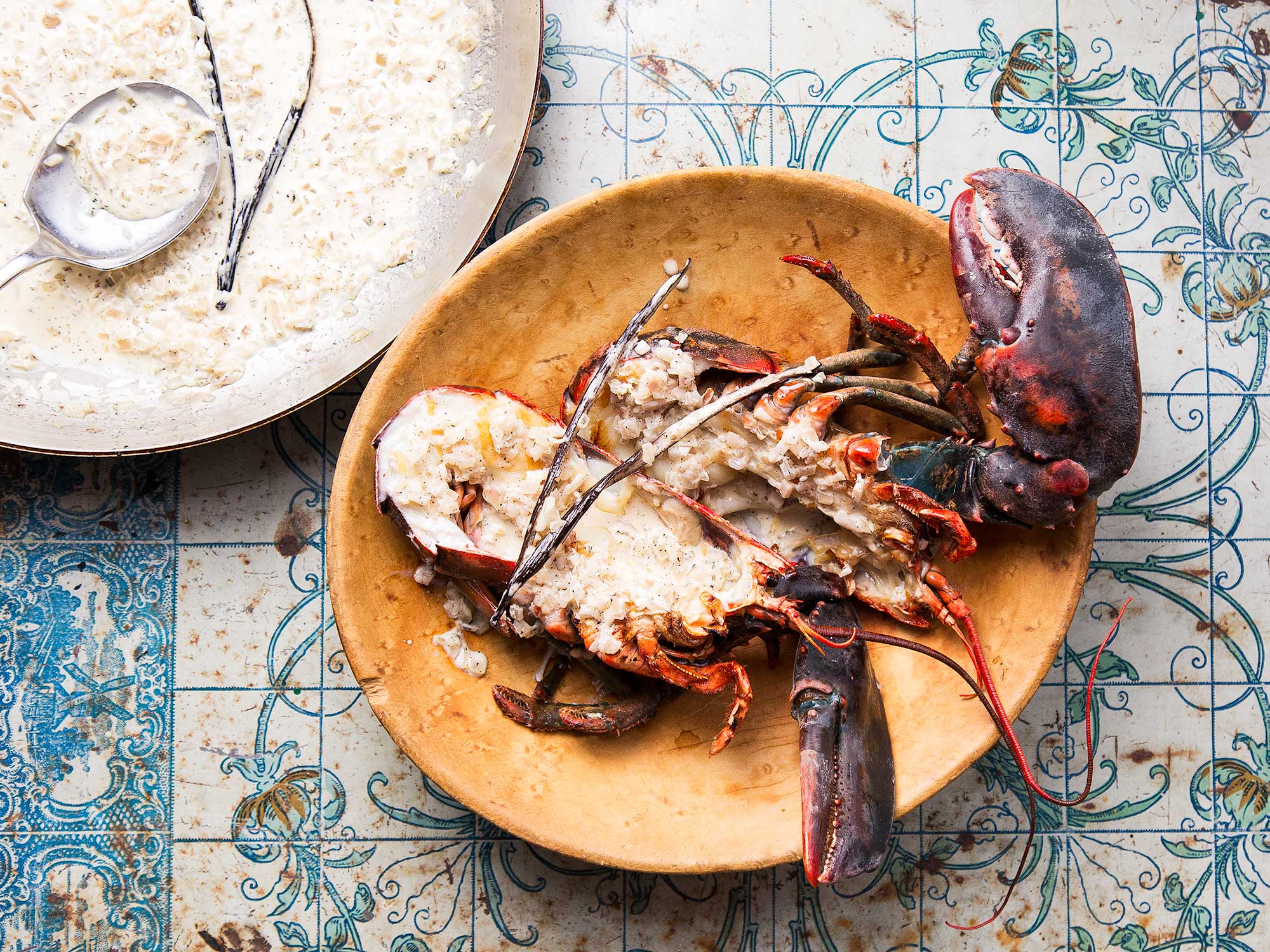
Langouste à la Vanille
Lobster is a prized seafood in Comoros, and it is often prepared with a rich vanilla sauce made from locally grown vanilla beans.

Poisson au Coco
Fresh fish is commonly cooked in a coconut milk sauce with spices, giving it a creamy and flavorful taste.

Mkatra Foutra
A sweet dish made from ripe bananas, coconut, sugar, and sometimes vanilla.
Here are some typical foods and dishes you might find in Comoros:
Langouste Grillée (Grilled Lobster): Lobster is sometimes grilled with spices and served as a delicious seafood dish.
Langouste à l’Africaine (Lobster African Style): Lobster prepared with an African-style tomato-based sauce, often spiced with chili peppers and served with rice.
Mataba: Mataba is a popular Comorian dish made with cassava leaves cooked in coconut milk, often with pieces of meat or fish added for flavor.
Brochettes (Grilled Skewers): Grilled skewers of meat, fish, or chicken are a common street food and can be found in local markets.
Rougail (Chili Sauce): Rougail is a spicy sauce made with chili peppers, tomatoes, onions, and other spices. It is often served as a condiment with various dishes.
Riz Pilaf (Pilaf Rice): A fragrant and spiced rice dish cooked with vegetables, meat, or seafood.
Bouillon: A hearty stew made with various ingredients such as meat, fish, vegetables, and spices. It’s a comforting and filling meal.
Ylang-Ylang Tea: A traditional tea made from the fragrant ylang-ylang flowers, which are abundant in Comoros. It is known for its soothing aroma.
Comorian Spices: Comoros is known for its spice production, including cloves, vanilla, and ylang-ylang. These spices are used in various dishes to enhance flavor.
Comorian cuisine often incorporates a variety of spices, including cloves, cinnamon, and cardamom, which add depth and aroma to the dishes. Seafood is a prominent part of the diet due to the islands’ coastal location. When visiting Comoros, trying the local seafood dishes and sampling the unique flavors of Comorian spices can be a delightful culinary experience.
Transportation 🚥
More information about this country
Choose your destination 📍🗺
Useful Links ✅



